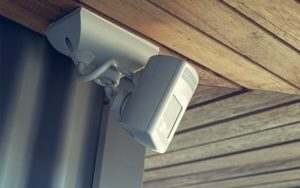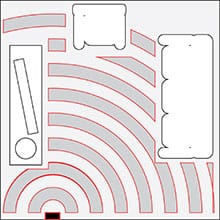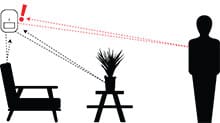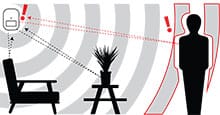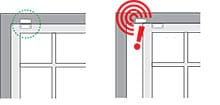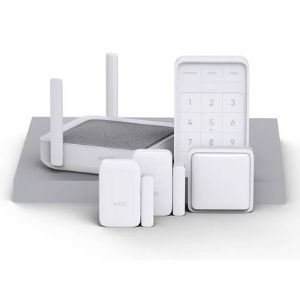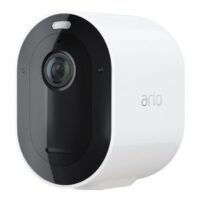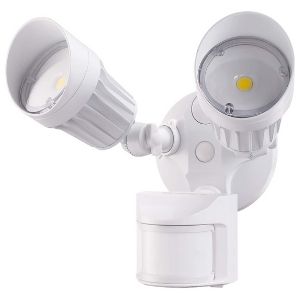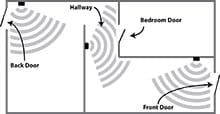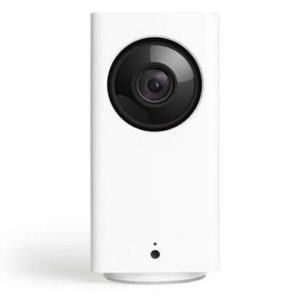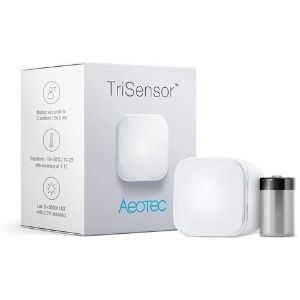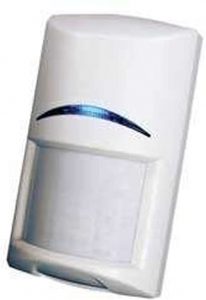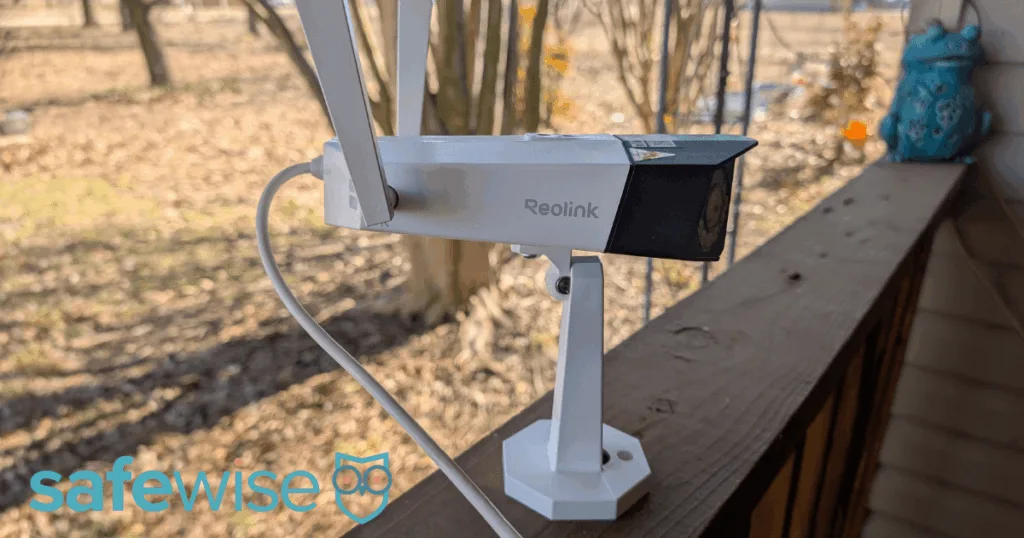With wireless motion sensors becoming standard, DIYers have it easier than ever when it comes to installation when it comes to motion detection technology. If you know how to use a screwdriver, you can install a motion sensor. Correct installation gives you optimal coverage for motion detection and helps avoid false alarms.
If you choose a security system that requires professional installation, the installer will know how to set up your sensors. However, you are responsible for setting up your sensors if you go with a DIY home security system.
Before you install motion sensors, make sure to read the installation instructions, since they will likely include placement recommendations. Some DIY systems also give you electronic prompts, video tutorials, or have you call a representative to walk you through the setup process.
Keep in mind that motion sensors aren’t error-proof, and there are instances in which there could be false alarms. False alarms are usually caused by electrical failures, user error, poor application engineering, power surges, lightning, and faulty equipment. Animals, insects, and foliage can also trigger them under the right circumstances.
